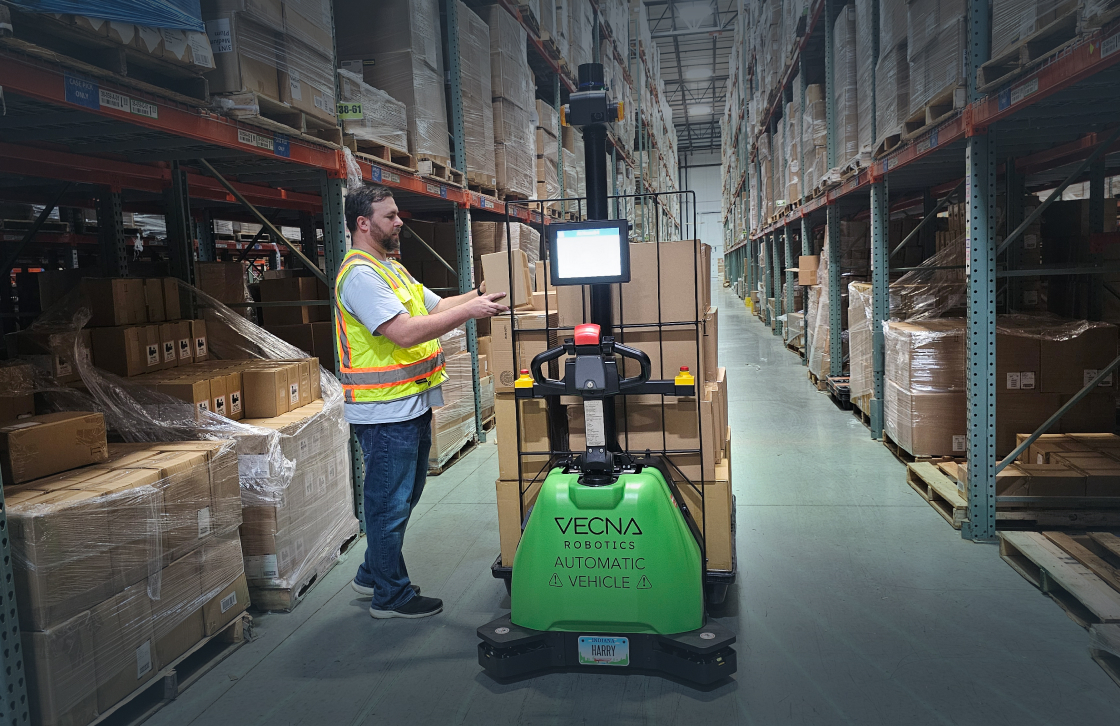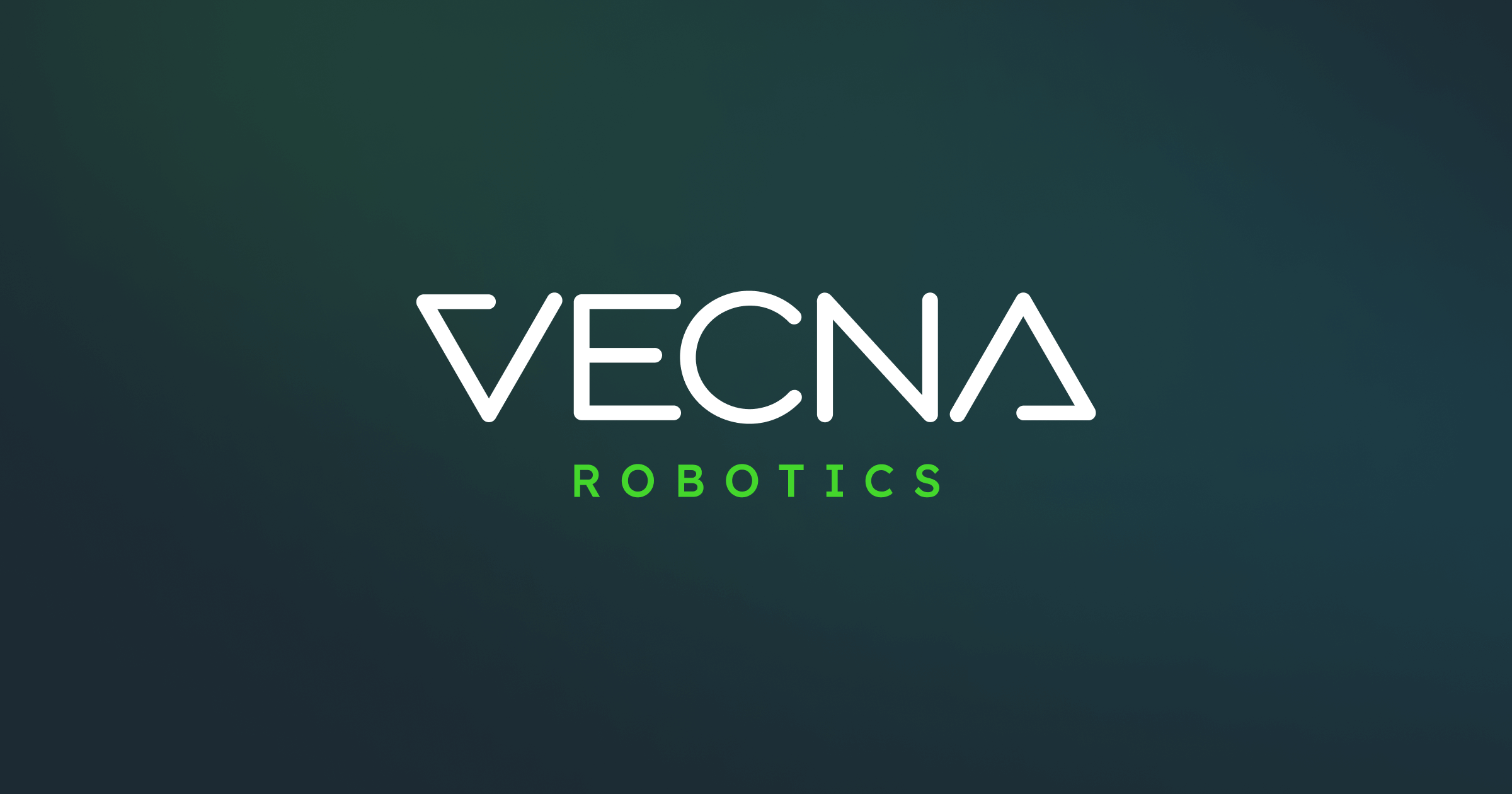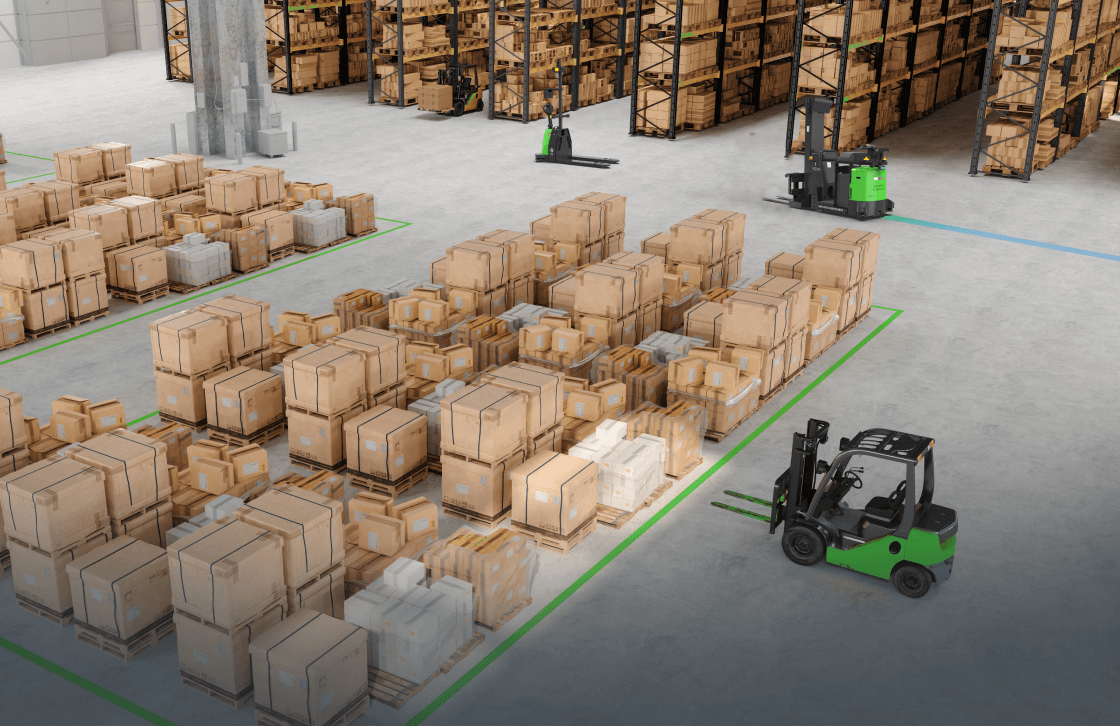Warehouse automation is rapidly emerging as a vital asset for modern businesses contending with the complexities of global commerce and escalating customer expectations. As the demand for next-day or even same-day deliveries surges, the onus is on warehouses to function at peak efficiency. This is where warehouse automation, powered by advanced technologies like AGVs and AMRs, steps in as the solution.
Leveraging cutting-edge technologies like Automated Guided Vehicles (AGVs) and Autonomous Mobile Robots (AMRs), warehouses can accelerate operations, curtail human errors, and notably trim labor costs. An advantage of this automation surge is the pronounced boost in productivity. Goods are better managed, stored, and dispatched, resulting in optimal resource utilization. Furthermore, automation cost-effectively extends the operational window. Where traditional warehouses are grappling with the financial implications of continuous human-operated shifts, their automated counterparts can operate round-the-clock at a fraction of the cost, aligning with market demands seamlessly.
With unpredictable global challenges—be it sudden spikes in demand or complex inventory management needs—automation offers a resilience that’s unmatched. It ensures swift adaptability, enabling businesses not just to confront current obstacles, but to proactively future-proof their businesses. For those on the brink of this transformation, it’s crucial to grasp the comprehensive benefits of warehouse automation
Amidst the persistent labor shortages, intricate supply chain disruptions, and the mounting pressures of global commerce, businesses are earnestly searching for solutions. The tangible merits of automation, ranging from cost-efficient labor reduction to facilitating uninterrupted 24/7 operations, make it an increasingly appealing choice for a diverse spectrum of industries. Consequently, numerous sectors are steering toward warehouse automation as a strategic avenue to fortify and safeguard their operations.
For businesses contemplating this transformative journey, it’s vital to grasp the comprehensive and nuanced advantages that warehouse automation delivers. Whether it’s the fulfillment of swift delivery pledges, the adept management of expansive inventories, or the cultivation of operational resilience during unpredictable scenarios, automation stands as the preeminent path forward.
Thinking of bringing automation to your facility? Here are the top 10 benefits of warehouse automation.
- Increased efficiency: Automated systems streamline various warehouse processes, making tasks like picking, packing, and shipping much faster. They also lessen the probability of mistakes, leading to consistent outcomes. Such improvements can significantly enhance the overall throughput and speed of the warehouse, ensuring customers receive their orders in a timely fashion
- Reduced labor costs: With the integration of automation, warehouses can operate with fewer employees, leading to a direct reduction in payroll expenses. Furthermore, the remaining personnel can be reallocated to roles that add more value, optimizing the workforce and yielding higher returns on labor investments.
- Improved inventory management: Beyond just tracking inventory, automated systems offer predictive analytics, restock notifications, and insights into sales trends. This gives businesses a clearer understanding of their stock movements and needs, ensuring optimal stock levels and reducing holding costs.
- Increased safety: Warehouse automation can improve safety in the warehouse. Since machines and robots are designed to handle heavy lifting and repetitive tasks, they can reduce the strain on workers. With fewer humans involved in warehouse floor operations, the chances of accidents like trips, falls, or collisions are significantly minimized.
- Scalability: As businesses grow, automated systems can adapt without a hitch. Unlike manual processes which require significant manpower adjustments, these systems can manage larger inventories, more SKUs, and increased order volumes without massive overhauls.
- 24/7 operation: Machines don’t need breaks, sleep, or vacations. This constant operation capability ensures that warehouses can fulfill orders round the clock, reducing lead times and ensuring faster delivery to end customers. Uninterrupted functionality also diminishes the backlog during peak periods. It also allows businesses to flexibly adapt to fluctuating demand cycles, ensuring a consistent service level.
- Data analysis: With embedded sensors and data collection capabilities, warehouse automation systems can provide deep insights into process bottlenecks, peak operation hours, and even predictive maintenance needs. This data-driven approach allows businesses to optimize workflows and predict future trends.

- Improved accuracy: Automated systems are designed to follow precise algorithms and protocols, ensuring that the right products are picked, packed, and shipped. This consistency drastically cuts down on returns, rework, and customer complaints, leading to higher trust and brand reputation.
- Reduced labor & operational costs: Beyond just labor costs, automation can lead to savings in energy, reduced wastage due to human errors, and optimized space usage—ensuring a leaner, more profitable operation in the long run. By streamlining inventory management, automation can decrease holding costs and lead to quicker inventory turnover. Automated systems also provide real-time data analytics, facilitating better demand forecasting and reduced obsolescence of goods.
- Increased productivity: Warehouse automation tools, such as robots and automated storage and retrieval systems, can process multiple tasks simultaneously. This multitasking ability, combined with the speed of operation, means more orders are fulfilled per hour, raising the overall warehouse output and efficiency. Additionally, these systems can work around the clock without fatigue, minimizing downtime. They also reduce instances of manual errors, ensuring that products are processed and dispatched with consistent accuracy, leading to enhanced customer satisfaction and potential repeat business.
Key considerations when implementing automation
Despite the clear benefits, its essential to evaluate the potential for automation in your warehouse specifically. To help, we share the the key considerations to keep in mind as you embark on your automation journey.
Simulate, simulate, simulate.
Before initiating any automation solution, it’s pivotal to witness its performance in a simulated environment. Harness the capabilities of contemporary simulation tools to replicate all material flows, operations, and production setups. This step aids in assessing if a specific solution will meet your operational requirements and align with anticipated ROI, and vital KPIs.
Answering these and other kinds of specific questions through simulation before you head into deployment will not only ensure you’re choosing the right solution for your needs but also save the time and cost of a failed implementation. A failed simulation costs very little, whereas a failed automation project can set you back millions of dollars.
Take a phased approach.
Slow and steady will always win the automation race. Rather than going all in right away with robotics and automation, it’s better to take a more evolutionary approach. Implementing in phases allows you to be more purposeful and responsive to equipment needs and lets you scale your fleet as needs grow.
That’s not to say a fast, “rip and replace” implementation won’t deliver a rapid and solid ROI; it just makes it a bit more tenuous. Plus, it creates the opportunity for miscalculations made at an earlier stage to set you back in your current state and deprives you of things like institutional knowledge held at the worker level that can be lost in a rapid, widespread implementation.
Flexibility is key.
Industry leaders are quickly moving away from large complex systems and leveraging more distributed systems to have the necessary flexibility. For example, most of our customers require multiple robot form factors with varying capabilities. It’s largely why we developed a robust fleet of mobile robots that can handle a range of payloads and weights.
McKinsey proposes three warehouse archetypes that can inform decisions around the design of an automation system. Still, it’s important to remember each warehouse will be different. While you may have similar use cases and repeatable workflows and processes across your business, it’s prudent to consider systems that are appropriate for multiple situations and environments, so you maintain an optimal level of flexibility and reconfigurability.
Get staff onside.
It’s so easy to get caught up in the robot side of automation that you can lose some consideration for the humans working with and alongside them. There are many common misconceptions about robots and autonomous systems that cause people to mistrust their use. The fear of job loss being a main concern.
As you develop your implementation strategy, you could create a communication strategy to help eliminate misunderstandings and make the technology accessible to your employees early on. A healthy level of transparency goes a long way in reducing the mystery or resistance to the new autonomous members of the team and, from what we’ve seen, generally leads to much better outcomes.
Taking the time to explain the technology creates a better understanding of the personal and company-wide benefits—allowing your employees to feel involved in the process and see the opportunities available to them within the system.
Support is critical.
If the implementation of an automation solution fails, it’s more often due to weak, post-deployment support and missed or unmet expectations. For this reason, you’ll want to make sure whichever vendor you go with has a robust support program—complete with remote assistance to proactively monitor your fleet of robots and help you address any issues standing in the way of your autonomous solution running smoothly.
This is why our approach to post-deployment support represents a paradigm shift from thinking of robots as a piece of equipment to more of a service. An approach that we (and you should) deem essential to ensure the reliability and safety of your autonomous solution and a way to make sure the investment you make delivers on the value promised.
The automation journey
One thing is certain about automation in warehousing: there’s no ROI in kicking the tires. Adding to the pressure you feel are the “hidden” costs of labor IDC believes have been undercounted by as much as 50%. While you wait to make your ideal business case for supply chain automation, these costs are adding up.
Our approach to automation is designed to be your release valve. From No-Bot to Robot lays out a step-by-step guide to automation in warehousing in 5 easy steps.
Assess: Our first step is to pinpoint the issues within your supply chain network and match them with solutions on the market, focusing on things like inventory levels, where most of your labor is allocated, and so on. Then we identify a scalable segment of your network where automation would be most beneficial, develop a specific use case, and select a solution that shows a solid return on investment.
Plan: After identifying the appropriate mobile robot type for your workflows, we assess how the robots integrate with your team, facility, and systems. We collect data such as CAD drawings, customer routes, travel distances, and throughputs. We then establish success criteria among stakeholders and test the robots in real-world environments to ensure they meet expectations.
Deploy: During deployment, we install the robots and train and onboard staff to ensure they feel confident using them, which promotes the adoption and successful operation of the robots. Our deployment process follows a six-step approach that covers planning, mapping, configuration, installation, staff preparation, and ongoing 24/7/365 support.
Learn: The deployment phase is also when we schedule multiple training sessions to ensure all staff are adequately trained and comfortable with the robots and system. Finally, once the robots are in production and go-live has been achieved, we transition to our customer success manager. They conduct regular check-in meetings to review robot performance metrics, address any outstanding issues or topics of discussion, and work closely with our 24/7 PivotalTM Command Center to monitor system performance and ensure it meets expectations.
Scale: We suggest developing a centralized automation strategy from the beginning to plan the initial rollout and help determine which use cases to prioritize next. Additionally, utilizing the pilot site can allow all stakeholders to see the robots and their functionality to see them in action. This helps reduce their wariness while increasing adoption and allowing these plant managers and executives to observe the successful deployment.
For a more in-depth review and discussion of Vecna’s approach to deploying warehouse automation, watch our multi-part “From No bot to Robot” webinar series posted to our resource page here: https://www.vecnarobotics.com/resource-filtering/?filter-resource-type=webinar
If you are ready to get started with an initial assessment, contact us today to set up an appointment with a Vecna Robotics automation expert.





